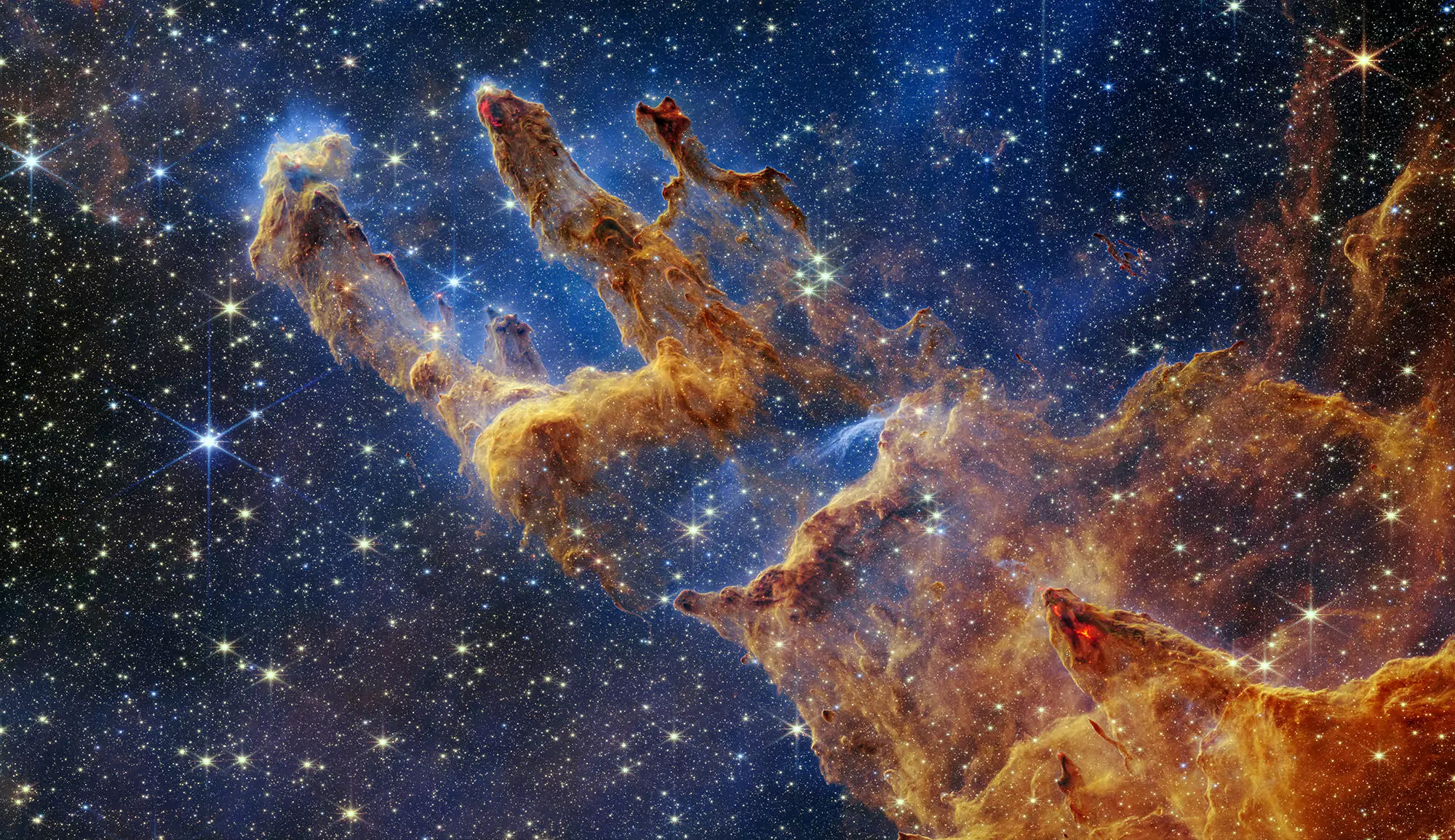The news came first from amateur astronomers. 17P/Holmes is a small comet, revolving around the Sun every 6.9 years. Its brightness usually never exceeds magnitude 15, making it a difficult object to observe, except with powerful telescopes. On 24 October, its brightness, which was close to magnitude 16 on the preceding days, suddenly increased. The comet soon became a naked eye object, reaching magnitude 2.5 on 25 October. The comet passed close to the Sun on 4 May 2007 at 2.16 astronomical units (AU), corresponding to 325 millions kilomètres. On 24 October, it was at 2.44 AU from the Sun (365 millions km) and 1.63 AU (245 millions km) from the Earth.

Observations could be scheduled as soon as the news was known.
At Pic-du-Midi observatory, images obtained with the 1-m telescope (Figure 1) show the evolution of the coma. The central condensation does not show signs of a nucleus fragmentation. Spectra of the comet obtained with the NARVAL spectro-polarimeter of the Bernard Lyot telescope are dominated by dust with little line emission. The 18-cm lines of the OH radical were observed with the Nançay radio telescope (Figure 2). The OH radical, which production follows the photodestruction of the water molecule, allows us to estimate the amount of water escaping from the comet At the 30-m radiotelescope (Pico Veleta, Spain) of IRAM (Institut de radioastronomie millimétrique), first observations made on 26 October revealed strong lines of the CS radical and of the carbon monoxide (CO), methanol (CH3OH) and hydrogen cyanide (HCN) molecules, coming from the sublimation of cometary ices. The observed amount of gas is larger than what was produced by giant comet Hale-Bopp at the end of 1996, when at the same distance from the Sun. The IRAM interferometer at Plateau de Bure (France) obtained images of the comet which trace the distribution of the HCN molecule and of the dust (Figure 3).

Comet 17P/Holmes was discovered on 6 November 1892 in London by Edwin Holmes, benefitting (already !) from an important outburst of activity. Unpredictable outbursts are frequent in comets, but they are very rarely so large. Observations of comet Holmes are going on. The follow-up of this event will perhaps help us to unravel its mechanism and its cause. See also : Société astronomique de France (other information on comet 17P/Holmes, in French). A sky map to find comet 17P/Holmes. Contact

